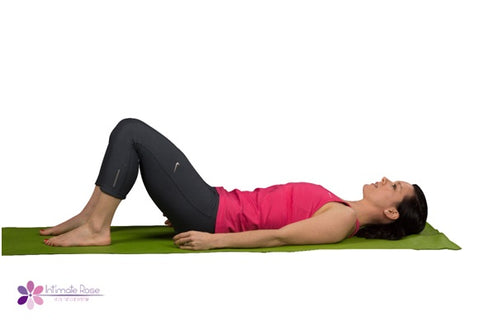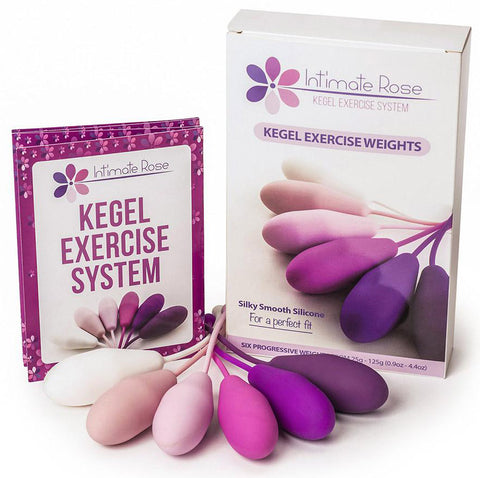Whether you deliver your little one vaginally or by cesarean section, the pelvic floor muscles can become weak from pregnancy. These hammock like muscles span from the front to the back of the bony part of the pelvis and support the pelvic organs including the uterus, bladder, and rectum. Weakening of these muscles can be exacerbated with vaginal delivery, which can result in tearing of the muscles, and episiotomy. The good news is that these muscles will heal just as any other muscles would using Kegel exercises to improve strength and help you feel like yourself again.
Kegels are important in the post-partum period for the following reasons:
-
They address post-partum urinary incontinence. There are different forms of urinary incontinence; however, stress urinary incontinence (SUI) affects pregnant and postpartum women the most. SUI is characterized by accidental leakage of urine during exertion, including: coughing, sneezing, laughing, or physical activity. Research shows that 67% of women experience urinary leakage during pregnancy, and as many as 38% of women during the 3 months following delivery.

-
They help to address low back pain. If you had back pain during pregnancy, you’re more likely to experience it in the postpartum, too. While postpartum back pain affects many women, it is not normal and can lead prolonged issues. You may notice pain in your buttocks, hip, pubic region, groin or tailbone in addition to the back. The pain may feel sharp or stabbing, and may occur during position changes, such as getting up from a chair or the bed or getting out of the car. The pelvic floor muscles are a vital part of the “core”, activating in co-ordination with the abdominals, and acting to support not only the pelvic bones, but the low back via it’s attachments to the tailbone (coccyx) and it’s partnership with the abdominal muscles during activities of daily living.

- They reduce the risk of pelvic organ prolapse. Pelvic Organ Prolapse (POP) is a condition where the organs of the pelvis drop downward placing pressure on the walls of the vagina. POP is caused by tearing and weakening of the pelvic floor muscles themselves, or to the tendons suspending the organs. It is estimated that 50% of women who have had a child will experience prolapse to some. Age also is a factor in developing POP with 50% of women of the age of 50. Prolonged pushing during labor and delivery (pushing for longer than two and half hours), tearing of the pelvic floor during delivery, and delivery of a large baby are all factors that can lead to prolapse. Women who are on their second, third, or more births are at higher risk for POP to occur. Women who have undergone C-Section can also experience POP in some cases, especially if they pushed during labor prior to undergoing C-section. Strengthening the pelvic floor muscles using Kegels is an effective way to reduce POP symptoms or prevent it from occurring.
-
They refuel your sex life. Studies show a correlation between increased pelvic floor strength and arousal and overall sexual satisfaction in women. It has been proposed that strong pelvic floor muscles improve the intensity of an orgasm, as well as overall mobility of the pelvic muscles as well as circulation and sensitivity of the clitoris, all factors that contribute to improved sexual function. Performing Kegels can help to return sensation and quality of orgasm during sex.

The Basic Kegel Exercise
A basic Kegel exercise is done by contracting the pelvic floor muscles in coordination with your breathing. Lying down on your back with your knees bent, inhale gently through the nose, then exhale through the mouth and simultaneously contract the muscles (imagine the urethra is a telescope and draw it into your body).

Kegels made easy for busy moms
Using vaginal weights such as the Intimate Rose Kegel Exercise System can produce stronger pelvic floor muscles in a shorter timeframe then simply performing Kegel exercises because the pelvic floor muscles receive added resistance. The weights also help you identify where the muscles are located so you can be sure you are performing Kegels properly.
Using Kegel weights for just 15 minutes per day replaces doing the 80-100 Kegels per day that is usually required to cure issues like urinary incontinence, pelvic organ prolapse, and some forms of low back pain. For busy moms it means the ability to care for yourself for 15 minutes per day, and the ability to do it while taking a shower, nursing your baby, or doing the laundry!

For more information visit www.IntimateRose.com





